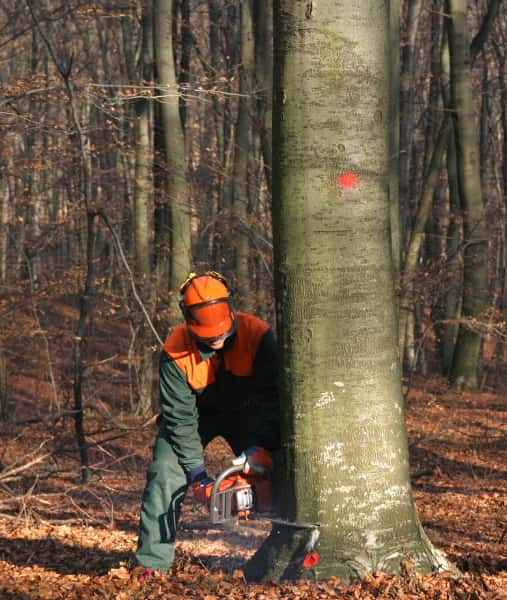Tree Reshaping and Historical Landscapes: Preserving the Past
Introduction: Historical landscapes often feature majestic trees that have stood the test of time, becoming integral parts of the environment and cultural heritage. While these trees are valuable for their beauty and historical significance, they may require careful management to ensure their longevity and continued contribution to the landscape. In this blog post, we’ll explore the importance of tree reshaping in historical landscapes and how Attleborough Tree Surgeons plays a vital role in preserving the past.
The Significance of Historical Landscapes:
Historical landscapes are cherished for their cultural and aesthetic value. They provide a window into the past, showcasing the horticultural and architectural practices of bygone eras. Many historical gardens and parks were designed with carefully selected trees, making them essential to the overall landscape.
Challenges in Historical Landscapes:
Over time, trees in historical landscapes may face challenges that threaten their health and structural integrity:
- Ageing Trees: Older trees may suffer from natural ageing processes, leading to weakened branches and root systems.
- Disease and Pests: Historical trees can be vulnerable to diseases and pests that were not prevalent when planted.
- Weather Damage: Harsh weather conditions, such as storms and heavy winds, can cause damage to branches and canopies.
- Overgrowth: Some trees may have grown excessively, leading to overcrowding, shading, or obstructing views of historical structures or features.
The Role of Tree Reshaping in Historical Landscapes:
Tree reshaping, also known as tree pruning or tree trimming, is a critical practice in historical landscapes for several reasons:
- Structural Support: Pruning helps maintain the structural integrity of historical trees by removing weak or dead branches that may pose a risk of falling.
- Enhanced Aesthetics: Proper pruning can enhance the aesthetic appeal of historical trees, showcasing their unique shapes and architectural characteristics.
- Improved Health: Pruning promotes the health of historical trees by increasing air circulation and sunlight penetration, reducing the risk of disease and infestations.
- Preservation of Views: Careful pruning can preserve scenic views of historical structures, pathways, and features essential to the landscape’s character.
- Risk Mitigation: Regular tree reshaping minimises the risk of falling branches, which can cause harm to people or damage historical structures.
Professional Expertise for Historical Landscapes:
Preserving historical landscapes requires a delicate balance between tree care and historical preservation. Attleborough Tree Surgeons specialises in providing professional tree reshaping services for historical landscapes. Our experienced arborists understand the unique needs of historical trees and work diligently to maintain their health and beauty while preserving their historical significance.
Conclusion: Tree reshaping is crucial in preserving historical landscapes, ensuring that the trees within these cherished settings continue to thrive and contribute to their cultural and aesthetic value.
Call us on: 01953 667 637
Click here to find out more about Attleborough Tree Surgeons
Click here to complete our contact form and see how we can help with your tree’s needs.

